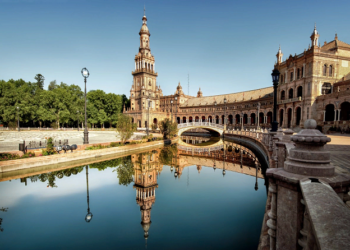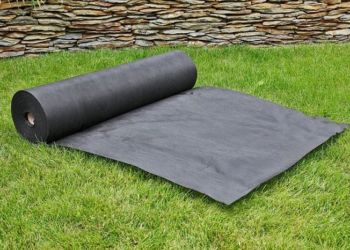Among the countless technologies of the construction of modern cottages are increasingly found elements familiar to our ancestors – and for a while undeservedly forgotten.
For example, frame housing construction, which is widely used in the USA, Canada and Europe, originates in Germany of the 15th century. It was there that the Fahverk technology first appeared, where the main supporting structure was a section of wooden beams, the space between them was filled with clay.
Among the countless technologies of the construction of modern cottages are increasingly found elements familiar to our ancestors – and for a while undeservedly forgotten.
For example, frame housing construction, which is widely used in the USA, Canada and Europe, originates in Germany of the 15th century. It was there that the Fahverk technology first appeared, where the main supporting structure was a section of wooden beams, the space between them was filled with clay. Of course, now such “sections” are collected at the factory using modern materials this is a quality guarantee. In Russia, frame-panel houses are unpopular. The short period of time is to blame for this in the 1960s, when the Union tried to establish the construction of cheap housing in areas, poor in the forest. Alas, the quality of the materials used and the construction itself was such that there were many myths about low -quality “panel” housing, the saddest and most ridiculous of which is: “a nail is impossible to drive into the wall, and you will hit with a fist through”. Some disadvantages of frame-panel houses were turned into advantages. Yes, they almost do not “breathe” – a high degree of isolation – but with a professional communication system, heating and ventilation, this is a plus, since it helps to save up to 50% of heat (and the cost of heating residential premises in Russia is very high). In recent years, the novelty of the reed panels appeared on the panels market, in which reeds, poured by polyurethane foam, served as a filler. The use of reeds as a heat heating layer is an ancient technology, but it helps to reduce heating costs to 70 %. Durability directly depends on the quality of the construction, but even in the worst case at least 50 years. But the main plus is speed. The frame house can be built in 1.5 2 months, while a brick house will be built for about 6 months.
Another fast technology is at home from glued beams. They are environmentally friendly, economical, do not require additional thermal insulation and retain all the advantages of a wooden house, tested by the experience of generations of our ancestors. In general, the idea of ”green construction” is now popular – especially in Europe. At the same time, they try to use the maximum natural materials during construction: wood, cellulose fiber treated with boric acid or brown. The construction of such houses is more expensive, but they are environmentally friendly and safe for living.























